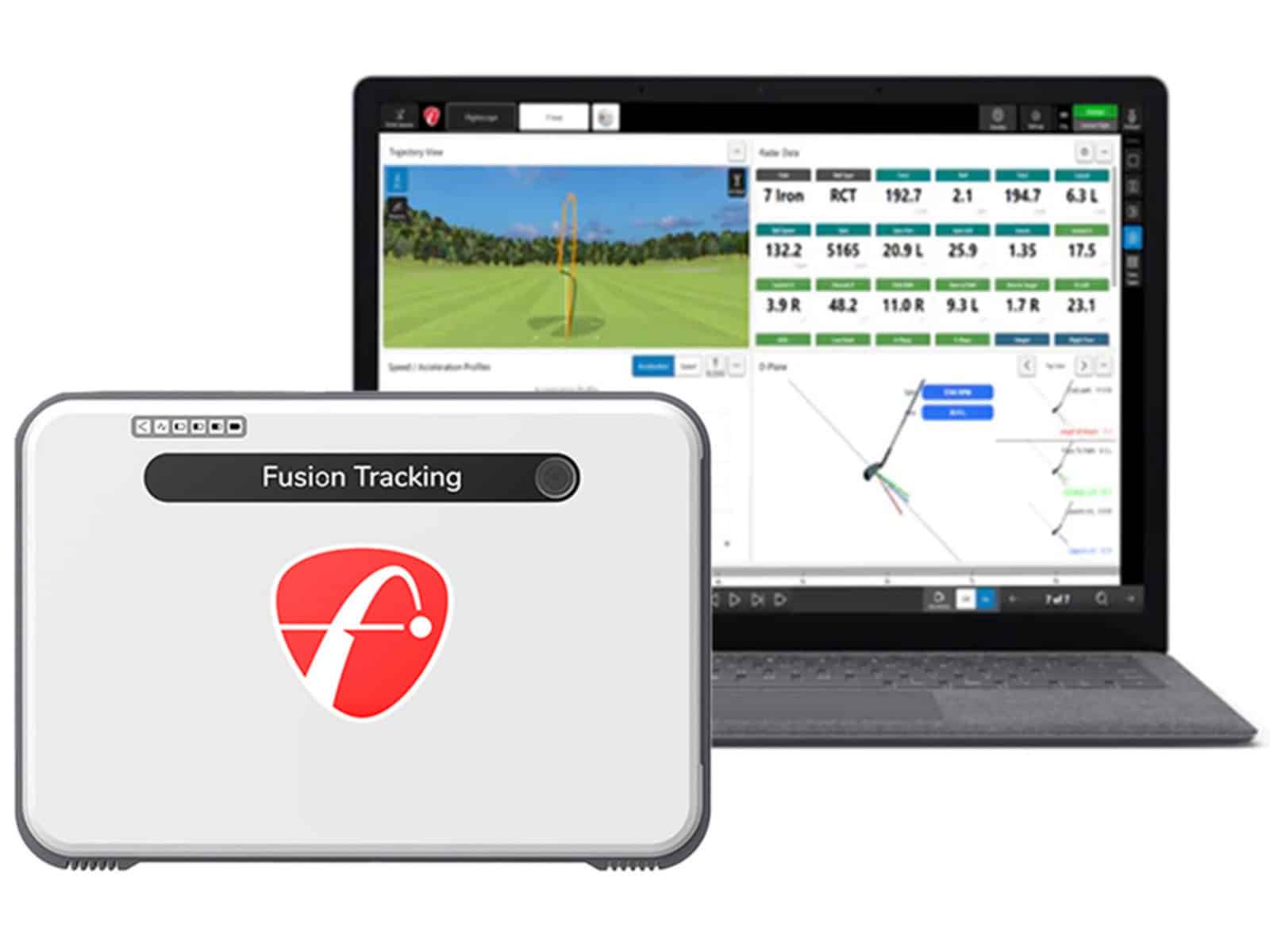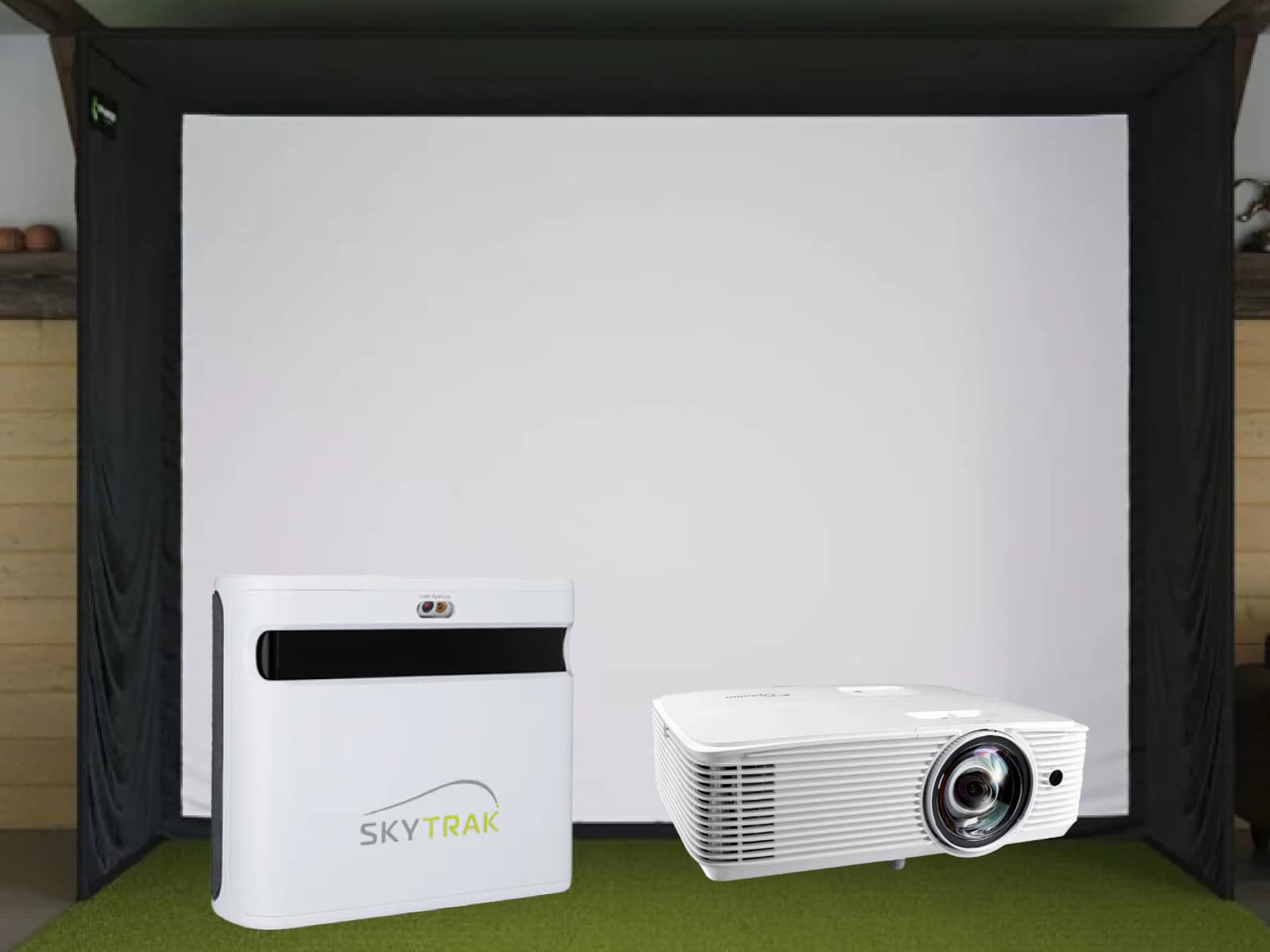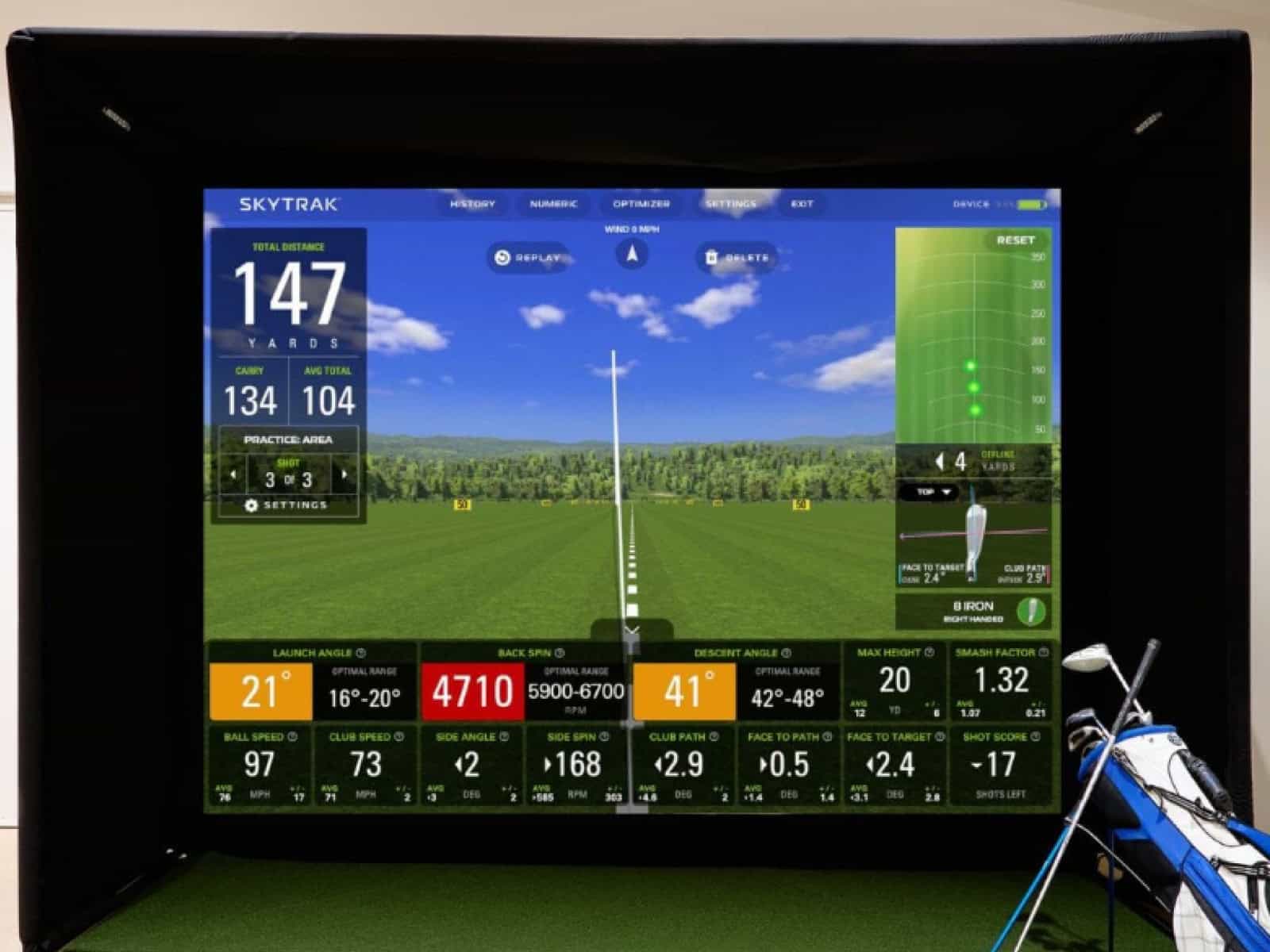Smash factor is a key performance metric in golf that measures the efficiency of energy transfer from the clubhead to the golf ball at impact. It is calculated by dividing ball speed by clubhead speed. The higher the smash factor, the more efficient the energy transfer is and the farther the ball will travel.
For most elite golfers, driver smash factors range from 1.4 to 1.5. A smash factor of 1.4 indicates that the ball leaves the clubface at 140% of the speed of the clubhead at impact. Maximizing smash factor is critical for adding distance off the tee.
In this article, we will explore this crucial metric and see how it can help improve your game. We will also answer some questions related to the topic.
Defining Smash Factor
Specifically, smash factor compares the velocity of the golf ball immediately after impact to the velocity of the clubhead just prior to impact. Using advanced launch monitors and high-speed video, both the inbound clubhead speed and outbound ball speed can be accurately measured in miles per hour.

Smash factor is derived by dividing the ball speed by the clubhead speed. For example, if the clubhead is traveling at 100 mph before impact and the ball leaves the face at 140 mph, the smash factor would be 1.4 (140/100 = 1.4). The higher the smash factor, the more efficient the transfer of energy to the ball at impact.
Why Does Smash Factor Matter in Golf?
Maximizing smash factor through proper swing mechanics and optimized equipment can significantly increase driving distance for all skill levels. Golfers are always seeking more yards off the tee, and paying attention to smash factor is one of the best ways to achieve this goal without overswinging. Fine-tuning swing technique, finding an ideally fit driver, and matching the correct ball compression can all improve smash factor consistency.
Monitoring smash factor over time provides key insights into swing efficiency. Declines may indicate technical flaws, equipment issues, or changes in strike location on the clubface. Understanding personal smash factor metrics and trends is important to tailor training and gear fittings to optimize driving performance.
Measuring and Calculating Your Smash Factor

Accurately determining your personal smash factor requires using launch monitors or other ball-flight analysis equipment during a professional club fitting or training session. Many high-end golf facilities have this technology available.
The Tools and Process for Measuring Smash Factor
Launch monitors use radar or camera systems to precisely track detailed shot data like clubhead speed, ball speed, launch angle, spin rate, and more. By capturing the key velocity metrics, smash factor can be easily calculated for each drive.
To find your baseline smash factor, focus on hitting at least 10 solid drives with your own driver and golf ball. The average smash factor from multiple good strikes will provide a reliable benchmark to improve upon.
Interpreting Your Smash Factor Results
The key is analyzing trends over multiple swings. A single reading does not reveal much. Consistently maximizing smash factor for your swing requires identifying areas for refinement.
Pay attention to strike location on the clubface and dynamic loft at impact. Gear adjustments and swing tweaks can optimize these variables to transfer more energy to the ball.
Monitoring smash factor over time reveals positive and negative changes in striking efficiency. This understanding allows proper training to sustain gains.
Improving Your Smash Factor

Once you have established your baseline smash factor, the goal is to identify areas for improvement through proper training. Careful changes to swing mechanics and equipment can boost your smash factor to maximize driver distance.
Optimizing Driver Swing and Impact Conditions
The downward attack angle, clubface orientation, strike location on the face, and dynamic loft at impact all significantly influence smash factor. An efficient driver swing squares the clubface to the target line while delivering a slightly descending blow for solid compression.
Analyze high-speed video to pinpoint swing adjustments needed to consistently strike the sweetspot of the clubface. Common smash factor killers are flipping, scooping, and striking too high or low on the face.
Fitting Equipment to Improve Smash Factor
Clubhead design, loft, shaft flex, and proper length all affect energy transfer to the ball. Getting fit by a professional club fitter using launch monitor data ensures your driver is optimized for your swing characteristics.
Fitting elements like loft, face angle and Center of Gravity placement can markedly improve smash factor consistency. The optimal driver head is aligned with your personal launch conditions and spin rates.
Smash Factor Training Aids and Drills
Impact bags, swing plane boards, impact tape, and other training aids give instant feedback to groove efficient strike conditions that maximize the smash factor. They build “muscle memory” through repetition in practice.
Drills like tossing balls to yourself while maintaining spine angle focus on key positions in the downswing to shallow the attack angle. Analyze post-drill smash factor data to assess effectiveness.
Implementing a Smash Factor Training Program

Improving your smash factor requires more than just randomly trying to swing faster or buying new equipment. An organized training program tracks progress and ensures your efforts yield maximum efficiency gains.
Setting Goals and Benchmarks
Establish specific smash factor targets based on your skill level. A beginner would have lower objectives than a low-handicapper or elite player. Set incremental benchmarks for motivation.
Analyze baseline smash factor over multiple sessions to determine average and consistency percentages. These metrics provide baseline scores to measure improvement over the training cycle.
Tracking Progress Over Time
Continuously monitor smash factor during practice sessions on the range and course. This awareness keeps it top of mind during your mechanics and equipment changes.
Enter data into spreadsheets or online analysis tools. Software can automatically track trends, consistency percentages, and progress towards tangible objectives set in initial benchmarks.
Regular progress checks ensure new swing feels and gear changes are actually contributing to smash factor goals. Adjust training elements and fittings accordingly for maximum efficiency.
Frequently Asked Questions
Understanding the basics of the smash factor may lead to additional questions as you begin optimizing this key performance metric. Here are answers to some common inquiries:
What is a good smash factor?
For elite players, the optimal smash factor range is from 1.4 to 1.5. Recreational players should strive for at least 1.3 or higher. The maximum theoretical limit is 1.5.
Why is my smash factor inconsistent?
Variations in strike location, clubface angle, attack angle, and dynamic loft at impact lead to inconsistent smash factors. Analyze your data and video to identify causes and address them with proper training.
Can smash factor indicate other swing flaws?
Yes, a declining or erratic smash factor over time can indicate flaws like casting, flipping, early extension, or other impact inefficiencies, even if these do not directly influence smash factor levels.
How often should I monitor smash factor?
Frequent smash factor checks are important during training cycles targeting driving improvements through swing changes, lessons or club fitting adjustments. Always measure after such changes.
Do I need new equipment to improve smash factor?
Optimized driver fittings including clubhead, shaft, loft, and lie adjustments can potentially boost smash factor, but improving swing efficiency through practice and instruction is typically more important.
Can swing speed gains lower smash factor?
Yes, faster clubhead speed from fitness gains or flexibility training can outpace improved impact efficiency. This initially decreases the smash factor, emphasizing that swing quality matters more than quantity for distance.
Final Thoughts
Understanding your personalized smash factor is a pivotal piece in improving driver distance and lowering scores. Properly measuring, tracking, and optimizing this key efficiency metric leads to tangible gains.
Implementing an organized smash factor training program allows you to methodically build more efficient swing technique and equipment fitting suited for your capabilities. Setting benchmarks, monitoring progress with useful gear like launch monitors, and adjusting elements based on the data are critical.
Take the time to accurately establish baselines for your smash factor using high-quality launch monitors and club fitting expertise. Identify improvement areas through data and video analysis. Construct a step-by-step training plan targeting equipment changes, tailored practice drills, enhanced fitness, and optimized technique.
Be patient and focus on sustainable, healthy swing efficiency over the long term. By ingraining quality mechanics, faster clubhead speed will follow.
Thanks for reading!





